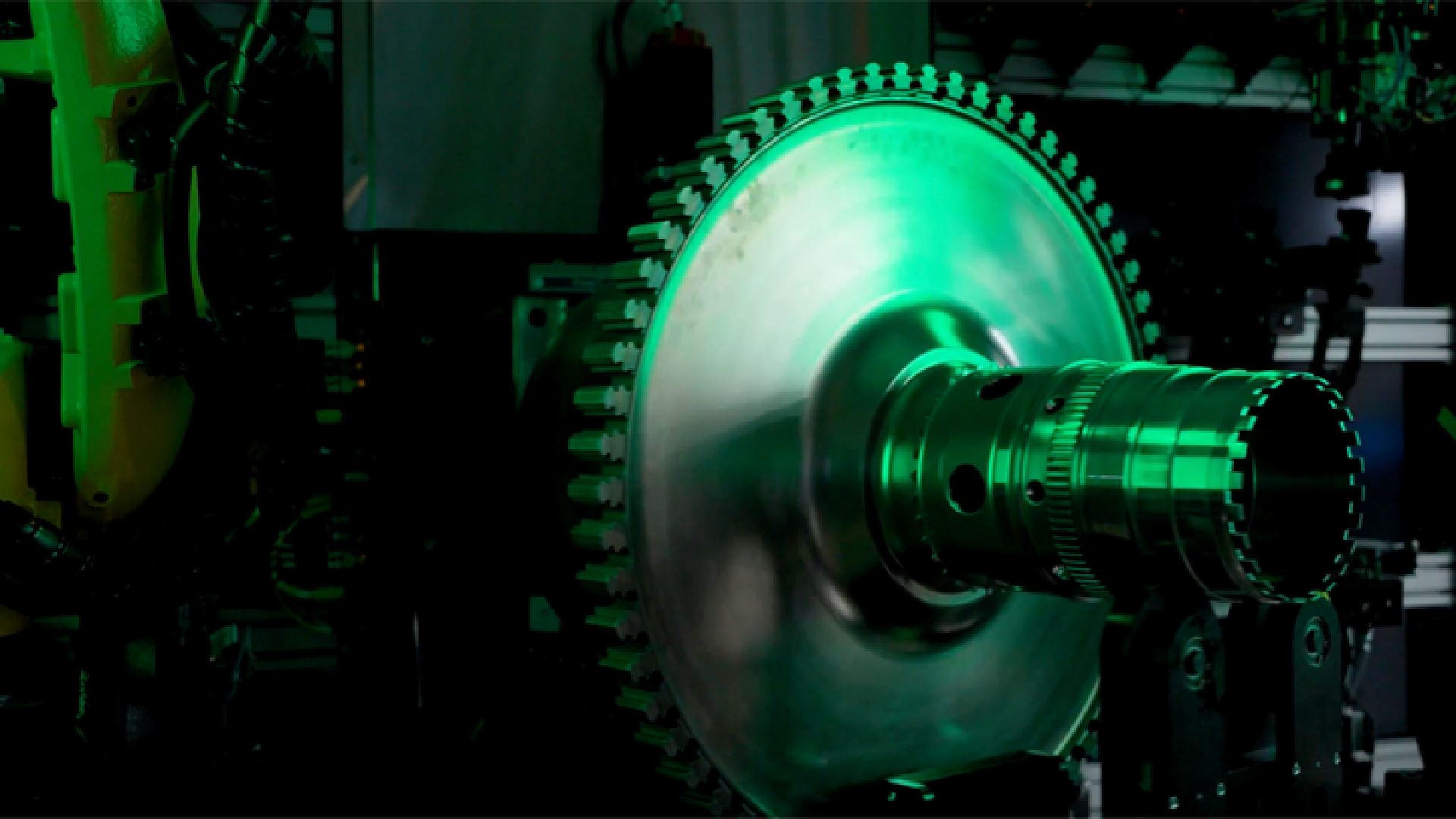Safe at Home and in the Air: Three Innovative Inspection Technologies GE Aerospace Uses During an Engine’s Life
May 22, 2025 | by Jay Stowe
From the shop floor to the skies, GE Aerospace’s innovation is at the heart of its operations. That same innovation has led to the development and adoption of cutting-edge technologies that ensure the safety and quality of its engines.
Building on its purpose to “bring them home safely,” GE Aerospace unveiled a series of videos on its updated safety webpage that highlight some of the innovative inspection technologies it uses to keep that pledge.
The videos showcase multiple technologies employed at different stages in the life of an engine: ultrasonic inspection during manufacturing; the AI-enabled Blade Inspection Tool once an engine is on-wing; and AI-guided white light robot inspection when an engine receives maintenance off-wing.
“GE Aerospace has made a big investment in digitizing and automating inspection,” says Nicole Jenkins, chief manufacturing engineer for maintenance, repair, and overhaul (MRO). “It’s really an investment in proactive safety, especially since it enables us to deploy technology that helps maintain quality throughout an engine’s entire life. These inspection technologies exemplify GE Aerospace’s commitment to safety and drive to support our customers.”
From becoming the first manufacturer to have its safety management system (SMS) accepted by the Federal Aviation Administration — and establishing it more than a decade before the proposed requirement — to forming the Aviation Supply Chain Integrity Coalition last year with other industry leaders to help prevent unauthorized parts, GE Aerospace continues to set the standard for using innovation in safety and quality.
Watch the videos.
In the Shop
To maintain reliability standards during manufacture and assembly, technicians will immerse parts in water, pulse them with high-frequency sound waves, and analyze the sound reflections to look for anomalies that could be hiding inside the parts.
On the Wing
The Blade Inspection Tool (BIT) is equipped with an AI-enabled camera, which can be anchored into position to capture images of, for instance, high-pressure turbine blades during an on-wing inspection. The BIT counts and indexes each blade as it rotates into view, enabling technicians to compare and measure what they’re seeing, determine whether a blade is serviceable or not, and troubleshoot potential issues.
Off the Wing
During a scheduled off-wing MRO visit, two articulated industrial robots outfitted with white light optical scanners will move closely over the surface of a high-precision part. Carefully choreographed by human operators, the robots use AI to capture and analyze data not visible to the naked eye with optimum accuracy, speed, and consistency, creating a digital record of the part’s condition.
